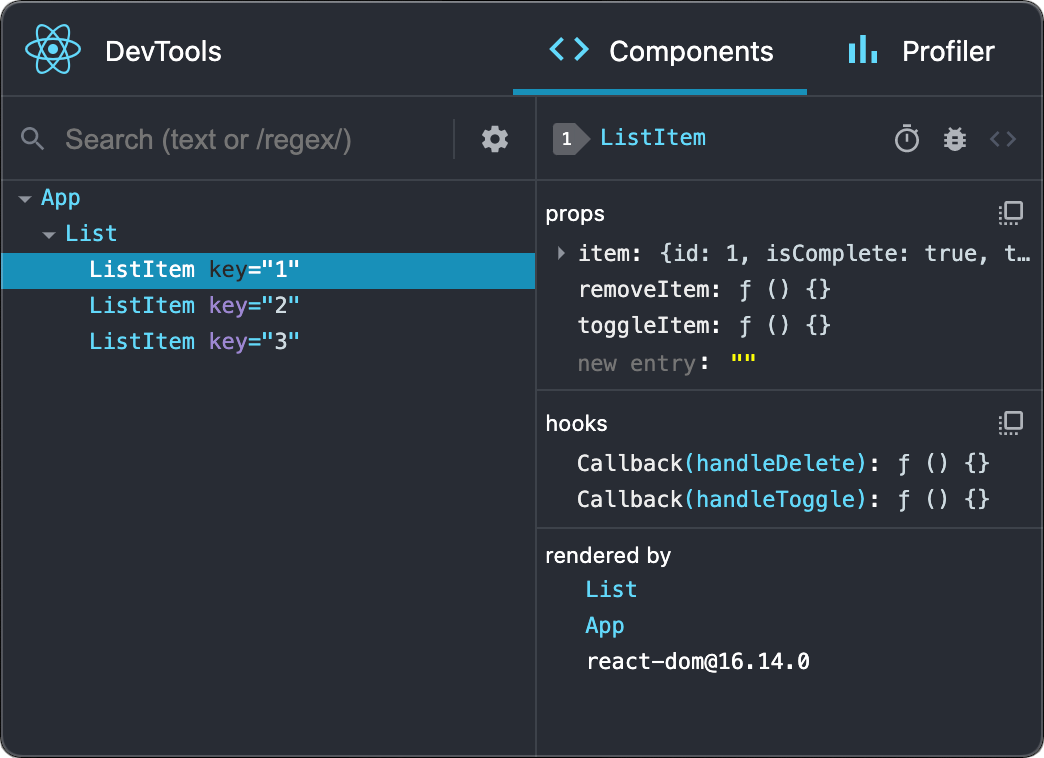Index Surge: Amplifying Your Insights
Stay updated with the latest trends and news across various industries.
React Rodeo: Wrangling State Management Like a Pro
Master state management in React with expert tips, tricks, and strategies to elevate your skills and become a coding pro!
Understanding State Management in React: A Comprehensive Guide
Understanding State Management in React is crucial for developers looking to build dynamic and interactive web applications. At its core, state management refers to the handling of the state of an application and how it changes over time. In React, state can be managed using various techniques, including local component state, context API, and external libraries such as Redux and MobX. Each of these methods offers different advantages depending on the complexity and needs of your application.
To grasp the essentials of state management in React, it's important to understand the flow of data within your components. React operates on a unidirectional data flow, making it easier to track changes and update the UI accordingly. You can define state at multiple levels: component level, where each component maintains its own state, or global state, where state is managed more centrally across your application. By mastering these concepts, you will enhance your ability to create efficient and maintainable React applications.

Top 5 State Management Libraries for React Developers
As a React developer, managing state effectively is crucial for building performant and scalable applications. Numerous state management libraries can simplify this process, each with its unique features and benefits. In this article, we'll explore the top 5 state management libraries that can help enhance your React projects, allowing for cleaner code and improved application performance.
- Redux - A widely-used library that offers a centralized store for state management in complex applications.
- MobX - A simple and scalable state management solution that utilizes observables for automatic state updates.
- React Context API - An in-built solution that allows for lightweight state management, perfect for smaller applications.
- Zustand - A minimalistic library that combines the best features of Redux and MobX, making state management straightforward.
- Recoil - Developed by Facebook, Recoil provides a powerful API for managing state that integrates seamlessly with React's concurrent features.
Common State Management Pitfalls in React and How to Avoid Them
The world of React state management can be intricate, and many developers often stumble into common pitfalls. One major issue is lifting state up excessively, which can lead to a convoluted component hierarchy and make your application difficult to manage. Instead of managing state only at the highest level, consider using local state or contexts for smaller, self-contained components. This will enhance the clarity of your component architecture and prevent unnecessary re-renders that can degrade performance.
Another common mistake is neglecting to use the useEffect hook appropriately, which can result in unexpected side effects and performance bottlenecks. Developers often forget to include dependencies in their useEffect arrays, leading to stale data and inconsistent UI states. Always ensure you carefully analyze the dependencies and clean up any side effects when components unmount. Utilizing these strategies can help maintain a predictable state flow and improve the overall user experience in your React applications.